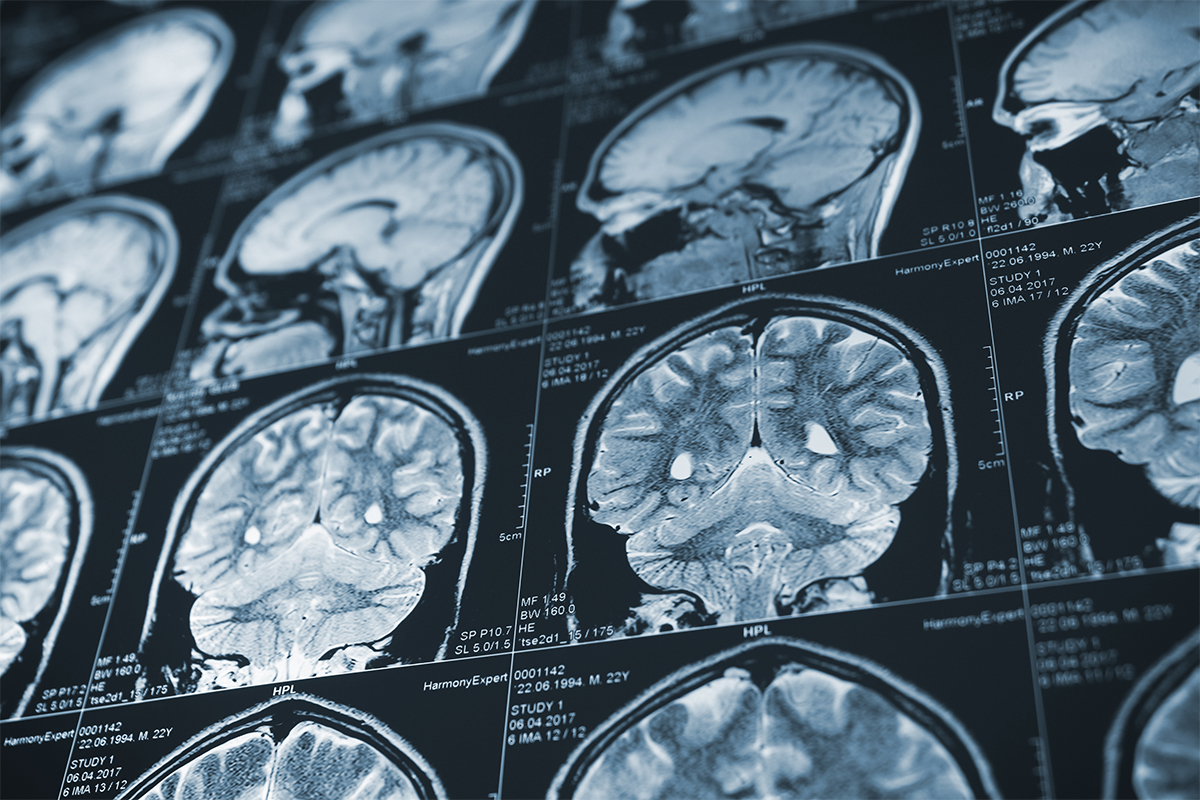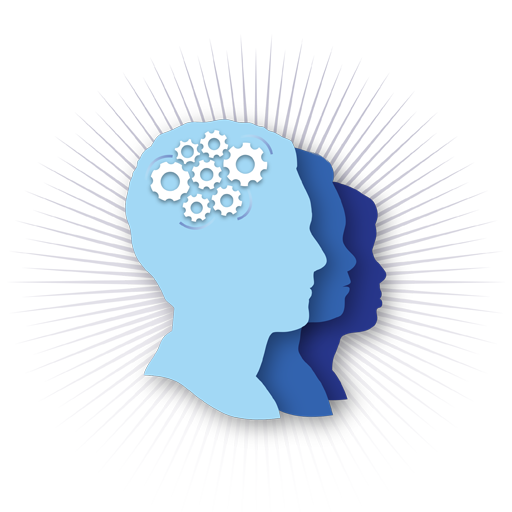
Flying Under the Radar: How Unrecognized Traumatic Brain Injury Can Lead to Loss of Life
The time is now to discuss your health and here’s why.
–
In addition to entering another year of the COVID-19 pandemic, the start of 2022 came with significant losses to the entertainment industry. From icons Louie Anderson to André Leon Talley – 2022 has not been kind. Across the world, we have seen news about the deaths of legendary figures, and often learn about their cause of death; one that resonated with so many Americans was the death of actor, comedian, and TV host, Bob Saget.
Please be warned as the following will share details from his autopsy.
Bob Saget’s body was found in his hotel room in Orlando, Florida, and an autopsy revealed that foul play, alcohol, or drugs did not play a role in his death. Instead, the cause of death was assumed to be head trauma. It is speculated that he accidentally hit his head, likely thinking nothing of it, and proceeded to go to bed in an attempt to sleep off the injury, but unfortunately passed away from the undiagnosed/untreated head trauma.
The cause of Bob Saget’s death has led to several thoughts around how head trauma or traumatic brain injuries can impact our health.
So, exactly what is Traumatic Brain Injury (TBI)?
According to the Mayo Clinic, traumatic brain injury is caused by blunt force blows or jolts to the head or body. Traumatic brain injuries can occur from a simple bump on the head, to objects that can penetrate the brain’s tissue. Mayo Clinic continues stating that mild traumatic brain injuries can cause temporary cell damage, which is different from more-severe trauma that can result in bruising, torn tissues, bleeding, and other physical affects or even death.
The Centers for Disease Control and Prevention reports in 2019, there have been over 61,000 TBI-related deaths in the United States, with the most common causes from falls, motor vehicle accidents, and assaults. Unlike other illnesses, TBI is not specific to one group of people. While there are some groups at greater risk of death from TBI or from long-term health issues caused by TBI, it can impact anyone at any time and should not be taken lightly.
Impact of COVID-19
Traumatic brain injury is not exempt from being amplified by the COVID-19 pandemic. As researchers have identified over the past 2 years, the novel COVID-19 virus attacks the body in unique ways. Specifically, the virus has been found to attach itself to the weakest point in the body where it can do the most harm.
According to the Brain Injury Association of America (BIAA), “Studies have shown that traumatic brain injury triggers an inflammatory process in the brain that causes an individual to experience chronic issues. This process places those individuals at far greater risk of developing complications from COVID-19, which itself is well known to cause chronic neuroinflammatory issues.” This means that having an injury to the brain can accelerate the process of inflammation, thus leading to long-term mental and neurological health symptoms and issues for those impacted. Additionally, a recent article shared in the Journal of the American Medical Association (JAMA) discusses evidence that COVID-19 has been found to directly impact the brain which leaves those with traumatic brain injuries at even greater risk.
The Importance of Early Detection.
As we think about Bob Saget’s story, the question that has surrounded his death is, “could it have been prevented?”. The answer is – we don’t know. We cannot answer this question without knowing all of the details to provide a comprehensive response.
However, what we can share is education on signs and symptoms, treatment options, and resources that may be helpful if you or someone you know suffer from a traumatic brain injury.
Signs and Symptoms, Treatment, and Resources
This vital information may be valuable to you or someone you might know who may be at-risk for, or contending with the effects of a traumatic brain injury.
Signs and Symptoms
The signs and symptoms of traumatic brain injury vary. This means they may appear immediately, or can manifest several days or weeks following the event. Additionally, the signs and symptoms may identify the severity of the injury. The following is a list of symptoms based on severity.
As a reminder, these are not absolute, and we recommend seeking the attention a licensed healthcare provider if you or someone you know may have suffered a traumatic brain injury.
Mild traumatic brain injury
- Headache
- Nausea/vomiting
- Fatigue
- Dizziness
- Sensory concerns (sensitive to light, sound, blurred vision)
- Cognitive, behavioral or mental concerns (loss of consciousness, memory problems, mood changes, difficulty sleepy)
Moderate to severe traumatic brain injuries
- Loss of consciousness for long periods of time
- Persistent headaches
- Repeated nausea/vomiting
- Convulsions or seizures
- Clear fluids draining from nose or ears
- Loss of coordination
- Cognitive, behavioral or mental concerns (confusion, unusual behavior, slurred speech, disorders of consciousness/coma)
Symptoms specific to children
- Change in eating/nursing habits
- Persistent crying
- Change in sleep habits
- Seizures
- Change in mood
- Loss of interest in activities
Neurofeedback as a Treatment Option
There are several care options for individuals diagnosed with a traumatic brain injury. Psychotherapy or “talk therapy” with a licensed mental health professional, medication, a combination of both, and alternative treatments like neurofeedback, are available options for treatment of learning disorders in children and adults.
Neurofeedback therapy supports clients who have been impacted by a traumatic brain injury. The recovery process for traumatic brain injuries, often involves the development of new brain cells to replace the damaged cells. During a neurofeedback session, patients will learn techniques that train the specific areas of the brain to make new connections with newly developed brain cells, helping an individual to work toward regaining optimal functionality and improved quality of life. From each session of neurofeedback therapy, the improvements made are typically permanent/long-lasting. Due to it being non-invasive, painless, and having little to no side effects, it is an ideal option for children as young as four years of age, providing early intervention for lasting results. Neurofeedback treatment sessions range from 20 to 40 minutes and can even occur in tandem with other forms of care.
What to Take From This?
Bob Saget’s cause of death was traumatic because of the realization that this can happen to anyone at any time. A fall on the floor or bump on the head can lead to a traumatic brain injury, and, whether it be a small or large blow to the head, no head injury should not be taken lightly.
Experts in neurofeedback treatment for traumatic brain injury, Cognitive Solutions LC uses Low Energy Neurofeedback System (LENS) and BrainAvatar by BrainMaster to study brainwaves and enhance their function. We can provide more information, answer questions, and help decide what type of neurofeedback treatment options are right for you. Please contact us at (773) 755-1775 or email info@helpforld.com for more information.
Resources
- Traumatic Brain Injury in Adults – American Speech-Language-Hearing Association
- Traumatic Brain Injury in Children – American Speech-Language-Hearing Association
- Traumatic Brain Injury in Military Personnel – U.S. Department of Veteran Affairs
- Traumatic Brain Injury in Athletes – American Association of Neurological Surgeons
Sources
https://www.cnn.com/2022/02/09/entertainment/bob-saget-cause-of-death/index.html
https://www.mayoclinic.org/diseases-conditions/traumatic-brain-injury/symptoms-causes/syc-20378557
https://www.cdc.gov/traumaticbraininjury/get_the_facts.html
https://www.jdsupra.com/legalnews/tbi-and-covid-a-dangerous-combination-6089385/
Related Posts
What is Neuropsychological Testing for Children, and How Can It Help?
In the realm of mental health and education, cognitive assessments play a pivotal...
How do Auditory or Visual Processing Disorders Impact Reading Development in Children?
For all children, the acquisition of reading skills plays a crucial role in...
Thoughts on Executive Functioning Skills
Thoughts on Executive Functioning Skills By Ari Goldstein, Ph.D. When I first...
HELPING CHILDREN AND ADULTS REACH THEIR FULL POTENTIAL.
We help individuals with Attention Deficit Disorder (ADD/ADHD), Learning...





